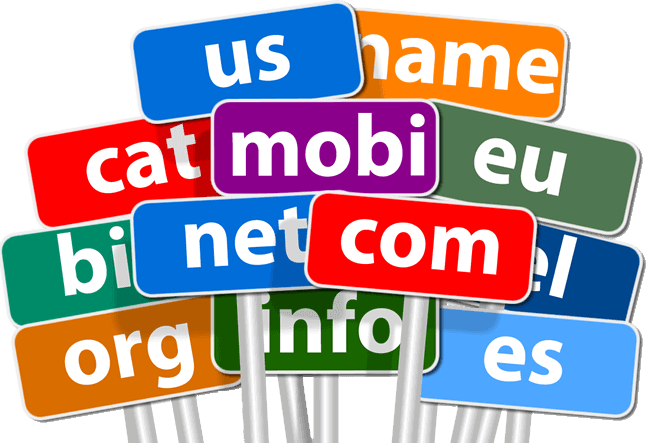
Choosing a domain name is similar to choosing a company name it requires a lot of thought and consideration. Your domain name is your identity on the Web. For 99% of the projects we take on, a domain is already part of the equation. However, in some circumstances, we’ve been called on to provide advice for naming a domain, either for a new blog, a company launch or even just a friend’s website.